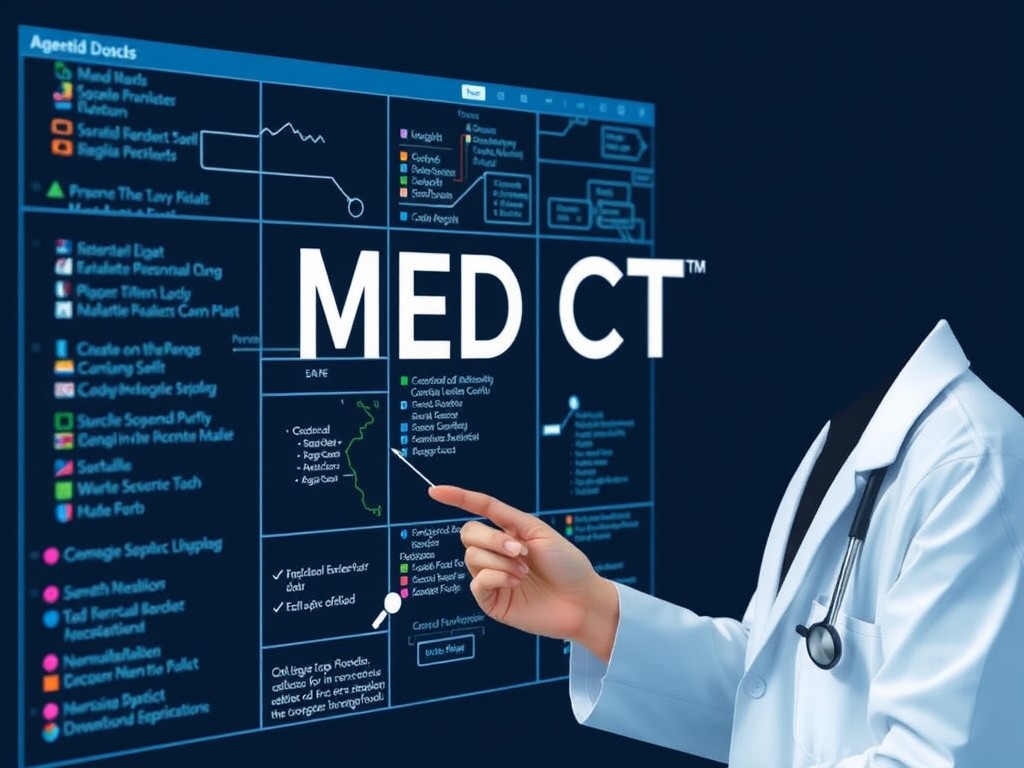
Category |
Tools |
|---|---|
SNOMED Integration |
SNOMED CT Toolkit, SNOMED APIs, Neo4j |
Database |
PostgreSQL, MySQL, MongoDB |
NLP |
spaCy, Transformers, fastText |
Inference Engines |
Drools, pgmpy, PyTorch |
Frontend |
React, Vue.js, Angular |
Deployment |
AWS, GCP, or Azure |
